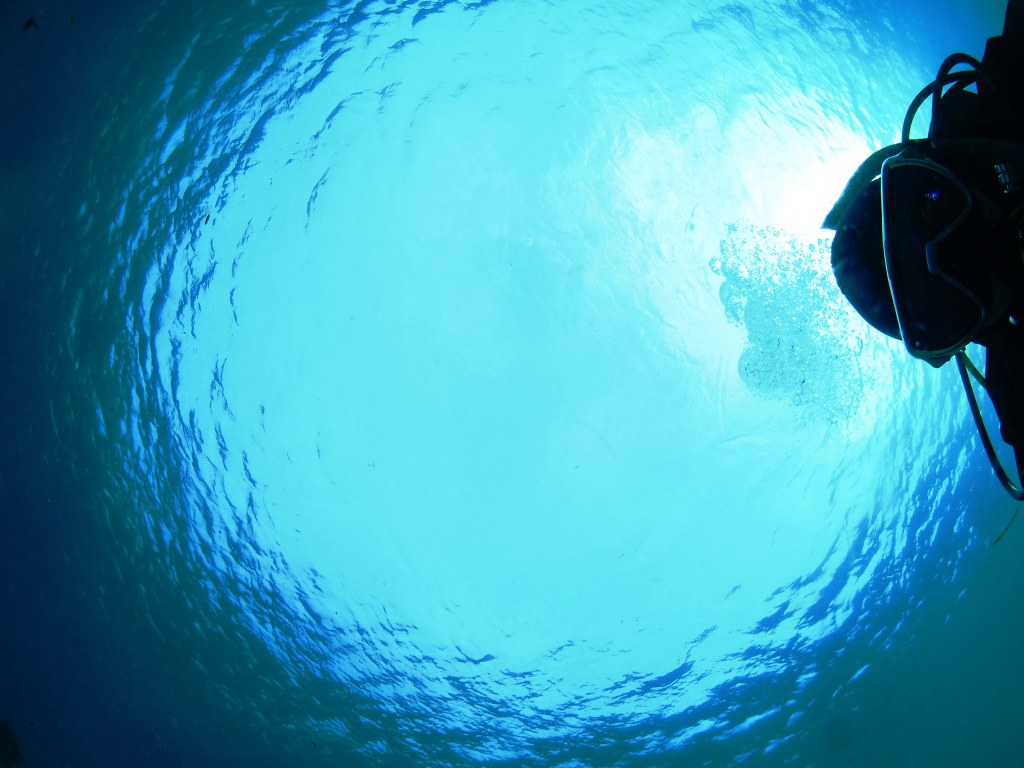By Anupum Pant
The effect
Have you ever noticed that the larger nuts (Brazil Nuts) in your Muesli boxes or bowls end up on the top? It turns out, scientists have a name for this effect. They call it the Brazil Nut effect or Muesli Effect. Well, actually scientists prefer to call it Granular convection.
If you haven’t heard of Muesli, think of a bowl full of random nuts. Or Indians could think of the Haldiram Navratan Mix – A popular snack mixture that contains several types of fried ingredients in various sizes. Irrespective of the kind of snack or even a mixture of sand you think of, it shouldn’t come as a surprise to you that the smallest of particles always end up at the bottom of a mixture when shaken enough.
If you think there is nothing cool about this effect, you are probably picturing it wrong. Watch this video where, on shaking, big marbles magically come on top of a rice heap.
Research studies
Normally, isn’t it common sense to assume that the largest (presumably the heaviest also) particles should end up at the bottom? Such is the counter-intuitive motion of particles in granular mixtures that it gives scientists a great insight about the real physics that goes inside. So they love to study more about this phenomenon.
This effect is so popular among scientists that some have studied it in martian and lunar gravity simulations. To do this they had to go on a plane that moves in parabolic arcs to simulate a specific reduced gravity conditions – A reduced gravity aircraft.
It saves lives
In the snow, sport persons or people taking part in extreme sports carry an avalanche safety bag with them. On a free ride down a snowy cliff, sometimes these people get caught in avalanches. Being on top when the avalanche has settled helps the rescue teams find them. The avalanche safety bags are huge when they are inflated. And thanks to the Brazil Nut effect, these big bags attached to the sports person, often end up on the top.
The Reverse Brazil Nut Effect
And sometimes there is a reverse Brazil nut effect. Meaning, if certain conditions are met, the largest nuts can end up at the bottom of a container.
The shape of the nuts, shape of the container and the relative sizes of nuts plays a role in determining if the effect reverses or not. As a simple example, using cone shaped container reverses the effect.












